Last Updated on October 20, 2021 by Steve Hogg
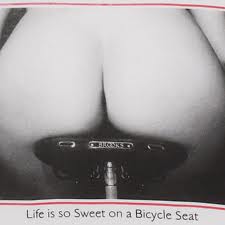
Many bike fitters will see clients who are new to cycling and determined to lose a lot of weight. If the weight loss eventuates and there is a substantial drop in gluteal mass, then seat position will need to change. Gluteal mass, whether fat or muscle doesn’t matter, will play a part in determining how far back a rider can comfortably sit on the their seat. The greater the gluteal mass, the further back the seat will need to be for the rider to gain any given skeletal relationship to the bike.
So if you lose a substantial amount of weight, or one of your clients loses a substantial amount of weight, and gluteal mass drops noticeably, don’t be surprised if low back pain, a lessening of pedaling fluency and increased tension in the neck and upper back result. What has happened is that in a skeletal sense, the reduction in gluteal mass allows the rider to sit further back on the seat (skeletally) increasing their reach to the bars as well as their reach to the pedals. The solution is to move the seat forward to regain the original skeletal relationship to the bike.
Does this mean that the stem needs to lengthen as the seat comes forward?
Absolutely not, unless there has been a concurrent increase in ability to extend the spine (which can occasionally happen with weight loss). The stem length stays as is (all other things being equal) because all that is happening is that the rider is being restored to their original position. That is their original (skeletal) body position in space over the bike, which is a different thing to their original measurable position of seat, bars etc.
The effects of a loss of gluteal mass first came to my attention in the mid 1990’s. I fitted a gent just prior to him leaving for Europe to take up his first professional contract. The bike I fitted him to was not his team bike. Once in Europe he duplicated the position that we’d come up with. Fast forward several months and he is ringing me telling me that he has developed chronic bilateral patella tendinitis. I asked him a lot of questions and none of his replies gave me any grounds to advise him. I asked him several times whether he had duplicated the position accurately and was told ‘Yes’ firmly on each occasion.
In mid season he rang me and said that he was coming back for a brief visit because his knees were killing him and his contract was in danger unless he started performing. He hoped I had a solution. When he arrived, looking pretty skinny, I checked him on the bike and said words to the effect of “That’s not the position I put you in; your seat is too far back!”
The seat was too far back, he was overextending both legs and over reaching to the bars.
He protested that the position was exactly as I had put him in. I asked him to get off the bike so that I could measure the seat position and check it against my files to prove him wrong. To my surprise, the seat was as he had said; exactly at the height, angle and setback that I had originally determined. Then the penny dropped. When he left for Europe he was 5’10” (178cm) and 68kg (150 lbs) and very lean with veins visible in his back and stomach. After 5 months in Europe he was now 62kg (136 lbs) and didn’t have a backside anymore. Skeletal was the word. So I moved his seat 10 mm further forward and his immediate response was “My knees just stopped hurting!”.
There was no need to change anything else and he returned to Europe the next day and had a solid pro career. This was a lesson in the effects of a reduction in gluteal mass that I have never forgotten. That knowledge has helped many times since.
Note: Often, more specific answers to your questions can be found in the Comments below or in the eBooks section and FAQ page.
To learn more about bike fit products offered by Steve, click here.
Do you have a bike fit success story? Please go here to share.
Thank you for reading, return to the Blog page here or please comment below.Comments (20)
Comments are closed.

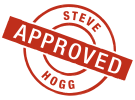
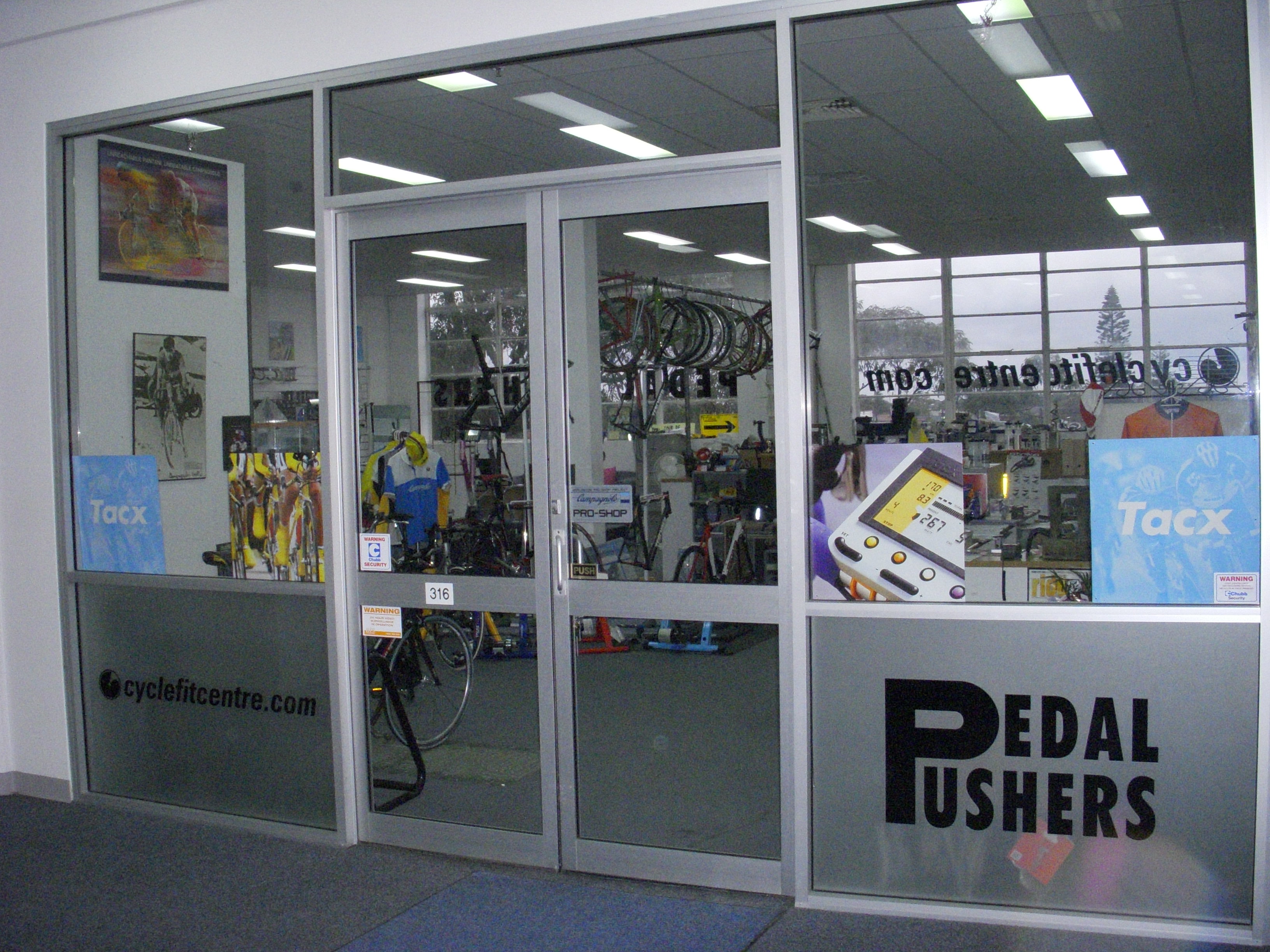

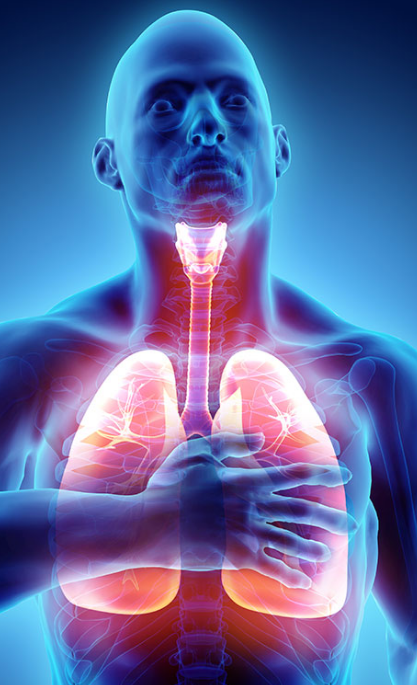
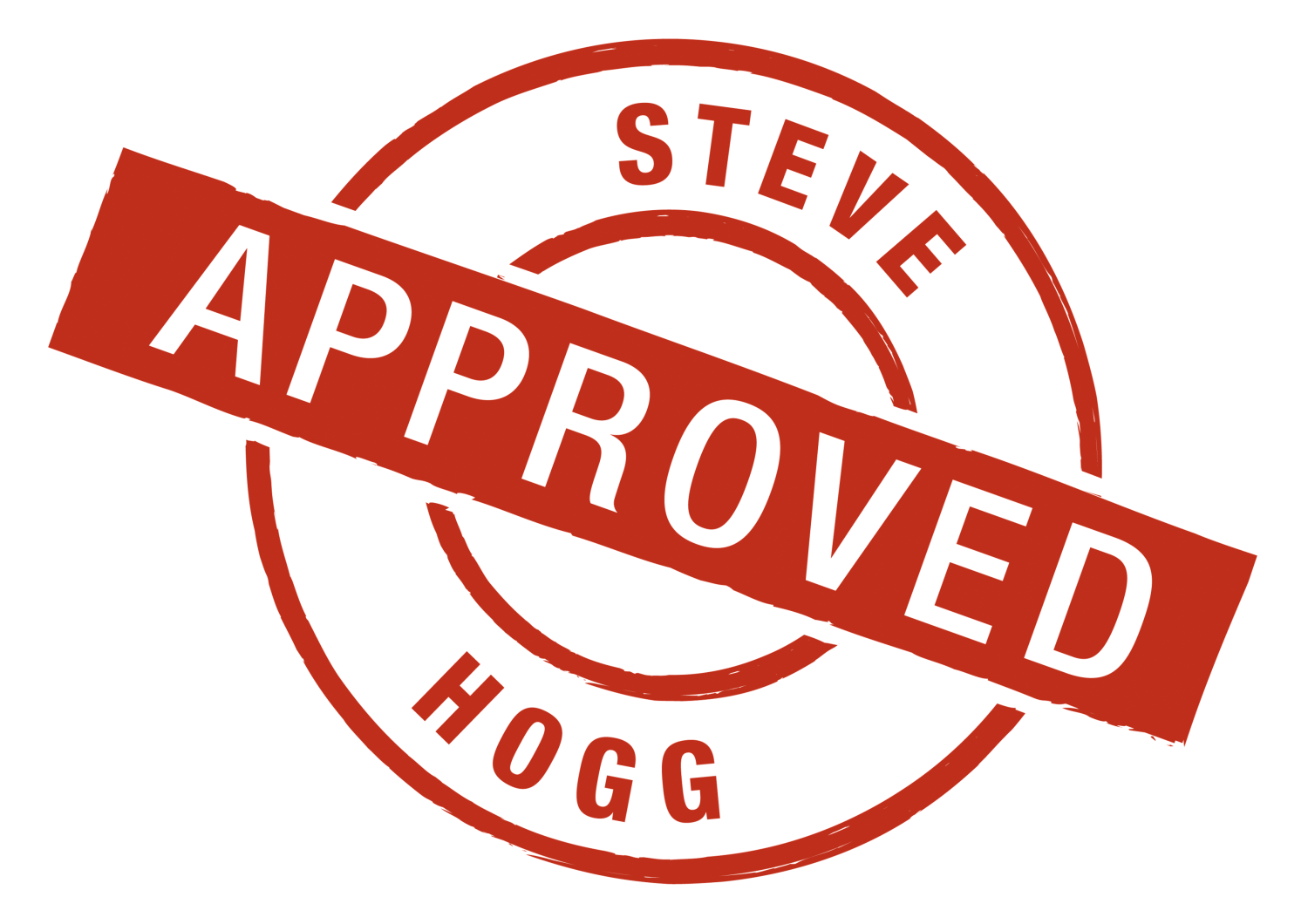

Picture above I like, the lead in picture blinded me …. my eyes!!!!!
At first read I thought, “This is nuts and backwards”. Without reading carefully, it seems like the opposite should be true, with reduced gluteal mass one should need to sit further back to achieve the same balance point. Then I got it! The reduction in gluteal mass shrinks the “fleshy bits” and correspondingly allows/forces one to slide a bit further back hence screwing up the skeletal relationship on the bike. Thus, move the saddle forward to re-establish the “backstop” for their hips and put them back in the correct position.
Did I get that right?
G’day Craig,
You’ve got it absolutely right.
Haven’t read the article Steve cause i can’t stop looking at the pictures!
G’day Darren,
I know there are plenty of women readers and I tried hard to find a picture of a male backside without luck. I thought I chose tame pics too.
you could have sent our a request for photos from your readers, steve. ha!
Okay Eric,
Calling all readers. I need a pic of a generously sized male
backside to balance the female butts I’ve used as pics.
Hi Steve,
In this moment of glory for Australian cycling, I was wondering if you wouldn’t mind giving your opinion on the position of our first ever tour de france champion? Has Cadel got the most from himself in the functional department?
Many thanks again,
Michelle
G’day Michelle,
I like the question, but as an admirer of Cadel and the battles he’s fought and obstacles he’s overcome during his career, the last thing I’m interested in is nitpicking from the sideline. So I’ll leave this one alone.
G’day Steve – How about your thoughts on some of the “unique” positions during the time trial? I saw a lot of riders who could use a lot of help!
hi steve
I was thinking the same thing-how about an occasional critique of a prominent riders position -along the lines of your jan ulrich observations?
how about starting with alberto’s continual saddle shuffle-about every 3-5 revs-if he was a dog ,i’d worm him!
thanks
doug
G’day Doug and Jason,
I understand what you want but I’m wary of commenting on the positions of riders that I cannot examine and do not know the fine detail of, after 3 weeks of racing. I do a lot of video fitting which I don’t pretend is as detailed as can be done in person. Even then I send the client a 4 page questionnaire. Once that comes back with detailed answers, it’s length can run to 6 – 10 pages. And that is before we start. I don’t even begin to have that level of info about the rider in question.
Doug, yes, Contador was moving forward on his seat and then pushing himself back every few seconds. Normally that would indicate instability of position, whether because of a problem with seat height, seat set back or bar position. After nearly 3 weeks of racing, it might just indicate that he is a fatigued, tired bike rider who is doing his best under tough
circumstances.
One example that made a large impression on me at the time was in ’89. Lemond won the Tour from Fignon on the final stage TT, pulling back a deficit of 51 seconds to win by 8 seconds on a mainly downhill course of only 24kms. At the time the victory of Lemond was popularly put down to Lemond’s use of aero bars versus Fignon not using them. That line of reasoning certainly helped aerobar manufacturers sell a lot of aero bars in ’89, ’90 and ’91 and eventually became ‘fact’.
I got sick of hearing how Lemond won because of aero bars. I disagreed then and still do. Aero bars versus non aero bars may have played a part, but what played a larger part was Fignon’s general discomfort, health and inability to ride to his potential on the day.. Fignon had a bad saddle sore on the right side for most of the ’89 Tour and it got worse as the race went on. Magazine photos of the time showed right side of his saddle 70% cut away in an attempt to gain relief. That’s how big the cyst had become. However, for the final TT, Fignon went for an unmodified seat on his TT bike.
Get onto Youtube and have a look at the ’89 Prologue and the ’89 final stage TT. You will note that in the Prologue, neither rider obviously favours one side, in the sense of dropping one hip. They both look GOOD. You will also note that in the final stage TT, Fignon hangs to the right and drops the right hip on every right side pedal down stroke. His form looks like CRAP. When the right hip drops like that, it puts a big hole in the rider’s torque curve. That is, the riders right hip is moving towards the pedal as the rider is trying to apply force to the pedal. Result? Lower and jerkier torque production equals less power. At the same time, he isn’t rebounding all the way to the centre line which means that the left leg is having to reach further than normal; also equalling a probable drop in power.
French friends involved in elite cycling told me at the time that Fignon left the podium and was admitted to hospital that evening for surgery on the cyst. In my view, Fignon was not able to give his best on the day because he had a problem which was affecting his health, comfort and general ability to apply pressure to the pedals. Don’t forget that he had cracked Lemond during 2 out of 3 of the last mountain stages. Which is where he got his 51 second lead from. On the other day of those last 3 mountain stages, Lemond returned serve by cracking Fignon. For mine, the ’89 Tour was the last GREAT tour.
All of the above is a long winded way of saying that I feel it is harsh to comment on what pro riders look like on their TT bikes after 3 weeks of racing, without knowing all the facts.
Hi Steve and everyone. I realise that Steve has to be politically correct re making comments on pro-riders positions. I will just state my personal opinion as I saw it, FWIW. Contador was moving fore/aft constantly and climbing on the nose of the seat which did not look good or powerful. I observed him from stage 1 and he seemed to be doing it from the beginning. Cadel looked laboured, heavy, pushing big gear at low cadence, as if he was hauling his bicycle up the mountains and unable to jump quickly unlike Andy Schleck who looked the best when climbing. Cadel’s style reminded me of Jan Ulrich style of climbing. Diesel truck. Strong and reliable. He looked same in previous years too.
On the contrary – Cadel looked best on his TT bike unlike Andy or Contador who were not “as one” with their machines….
G’day Yuri,
Steve doesn’t have to be politically correct because he’s not that kind of person, but I see no benefit for anyone in me making statements. I also thought the earlier comment I answered referred to the final TT.
Contador doesn’t have the prettiest position but I say this without knowing anything about how functional he is. Maybe for him, that is as good as it gets. Of the footage I saw of this year’s Giro, he wasn’t moving around on his seat like he was in the Tour. Which speaks to my point that perhaps he was tired, fatigued or even injured from the earlier crashes.
First off Hooray for Cadel and Australia!
Dear Steve,
Have you ever observed problems with uneven gluteal mass?
When sitting upright on a hard flat surface I feel like pelvis is tilted down to the right. I have a sensation of the left glute having more muscle that the right. Without any hints from me, my wife reported that the left maybe felt slightly bigger. She wasn’t sure though. I have been feeling this for a long time off the bike.
I recently found your site and realize that I have been thinking about my position all wrong. I have not paid any attention to my pelvis orientation.
Once I started paying attention to my pelvis I feel like I am constantly slipping off down to the right. My left side is weak, and I get pain in what feels like the Adductor longus or in that general area.
When I feel like the pelvis is square on the saddle; however, my core and back muscles feel contorted.
I have so far I have accurately positioned my cleats. (using method 1, left foot went an additional 4 mm forward of the spindle, right side no change), lowered my saddle about 3mm and have been focusing on squaring up my pelvis on the saddle. Fluency on the left side has improved substantially.
I know I need more flexibility and balance in my back and I probably need to lower my saddle more, but I’m wondering if this feeling of one cheek being bigger could be valid.
Thanks!
Jeff
G’day Jeff,
It is possible to have gluteals on one side that are larger than the other. Sometimes this is because of lack of innervation caused by reciprocal inhibition from a hypteronic psoas on one side. Sometimes there is a small hemipelvis; which is where one ilium is smaller than the other. This isn’t common but I see a couple most years.
What I would suggest is that you find a GOOD health structural health professional; chiropractor, physio, osteopath, sports therapist, masseur; take your pick. But you want a GOOD one. They should be able to tell you what’s going on, why and what to do about it. If you run into any trouble, let me know and I will try and find you someone.
Thanks Steve,
Hopefully you’ll be pleased to hear that your advice is exactly what my wife told me to do. 🙂
We do know an excellent massage therapist. She has no cycling specific knowledge but she should be helpful at evaluating my condition and has lots of contacts in other disciplines.
G’day Jeff,
You’ve got me laughing. I hear “That is what my wife suggested” so often!!!
Steve
I have a question on knees. In your example above of the guy with loss of gluteal mass who was sitting to high and far back came with chronic bilateral patella tendinitis. Why did he have pain? In my over simplistic thought when you are to high or sitting to far back something in the posterior chain like hamstring,post knee, or achilles should hurt. Or if high enough that the pelvis was unstable there would be asymmetric pain or medial or lateral pain. Can you run though petellar tendonitis. I always think of being to low or I used to think to forward which you have convinced be is not necessarily true. I have a special interest in petella tendonitis as has caused by racing son to miss extensive time and threatens his budding racing career.
Assuming no structural abnormalities are there other clues to where riders knee pain is located and what the problem is.
Great site. I think following your advice for fit and body function improvements can greatly expand the people who love cycling. I have seen many stop because of injury issues.
Bill
G’day Bill,
Your “over simplistic” thought isn’t simplistic. It is a good one. This is why this gent had to fly back from Spain at the time. When he was telling me where he hurt, the last thing I thought of was too great a seat setback. One lesson I’ve learned through long experience is that there is an individual flavour to every riders problems and compensatory responses. Bike fitting is not as simple as “pain here equals problem there”. If you have 20 people with the same issue they will compensate in 20 different ways. Many of those ways will be more or less predictable but there will be several that will leave me shaking my head and thinking “How did they come up with that?” And bear in mind ‘they came up with that’ autonomically; it was not a conscious process.
When subject to pain, the body will ALWAYS self protect. Once that compensation pattern takes effect, it doesn’t solve the problem. It just shifts the load somewhere else. If I can’t see at a glance what the root cause is, I work through a protocol that is all about allowing the rider to have good control of movement. Time and again, this either resolves the problem or uncovers the root cause which can then be addressed.
Re your son’s problems. Knee problems are rarely intrinsic to the knee. The vast majority are the result of issues in hips / lower back at one end of the chain, or foot / ankle at the other with the knee, a single plane joint (more or less), trapped in between and bearing the load.